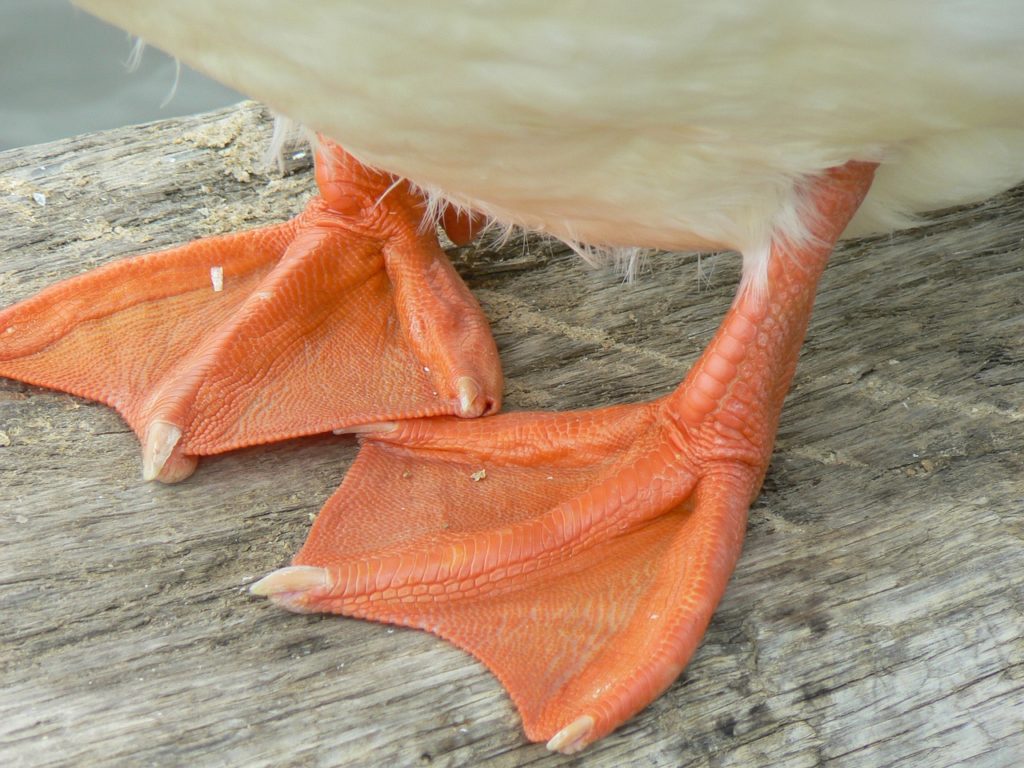
The Swimming
Secrets of Duck Feet: Rowing a duck like a boat
Birds have their organs morphologically adapted for survival in their respective habitats. Ducks, for example, have their feet webbed and serrated beaks to help the swim and feed. Our research guides you through the process of understanding how duck feet help them in the swimming process. We shall further look at how we can apply this information to row a boat down the stream like the duck swims.
This is all you need to understand the significance of the webbed feet of the ducks.
How do ducks swim?
This project investigates how the shape and design of the duck feet help them swim. To accomplish this, we are going to need the following;
- A swimmer
- A stopwatch
- a kickboard
- a pair of scissors
- two pairs of swim fins
- a marker
- a pencil
- a paper
The Experimental Procedure proving the significance of the Duck Feet
We are jumping straight away to our experiment of proving how ducks use their feet to enhance their swimming ability. This is the procedure.
- Gather the materials you need. Before you disembark on any activity, you need to gather all the necessary materials you need to help you in making the procedure a success. The list of the materials you will need for this procedure are listed above. Most importantly you will need a good swimmer and a pool of water.
- Shape the flippers. After you collect all the materials that you need for the procedure, shape the flippers to resemble one pair in the shape of a non-swimming bird’s feet. The other pair should be cut out in the shape of a swimming bird’s feet.
- Take the swimmer to the pool. At the swimming pool or a water body have the swimmer take a swim in the water in three rounds. During the first round, the swimmer takes a swim across and back in bare feet.
- Have the swimmer take another swim across and back in the flippers shaped like non-swimming birds. Let the swimmer rest a little bit then have the swimmer take another round using the fins shaped like the feet of a duck.
- Have the swimmer repeat each twice or more (this will depend on the willingness of the swimmer). You may repeat the procedure of swimming back and forth using the flippers with another swimmer to ensure you have a more accurate date. Use the stopwatch to time the swimmer and be sure to record each round made by the swimmer. Don’t fail to record the time taken for this is the data you shall use in the next stage.
- Analyze the data collected and draw references. Using the data collected in the procedure above find the averages of the time take n by the swimmer to swim across. In our procedure, we found out that the swimmer swam fast while barefoot while having the fins shaped like the feet of non-swimming birds our swimmer swam slightly faster. Upon wearing the web-shaped flippers, our swimmer swam fastest.
Upto this point it is okay to say that the shape is The Swimming Secrets of Duck Feet: Rowing a duck like a boat. Our research did not stop at this point. We went on further to investigate how to make a boat row easy down the water like a duck swimming down the stream.
From our research, we found out that the reason why the swimmer takes the fastest round while having the duck shaped flippers is because of the surface area of the flippers which propel the swimmer faster. The webbed feet help the duck swim faster down the stream smoothly. The shape and size of their feet help them to stay afloat and move on water like a rowing boat.
